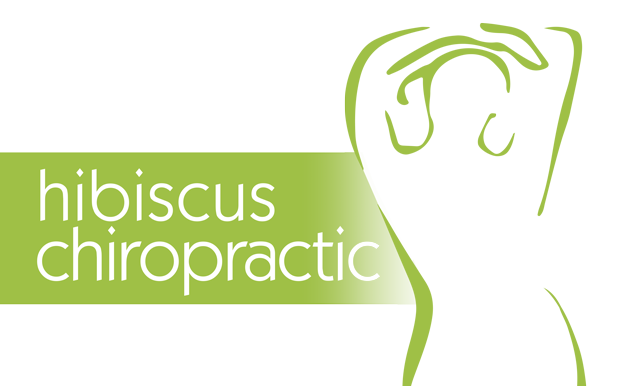Most of us sit a lot. Whether you’re working a desk job, studying, or just enjoying some downtime, extended sitting is now a daily reality. But sitting doesn’t have to mean stiffness, poor posture, or long-term discomfort. With the right habits, you can actually teach your body to move better—even if you’re parked in a chair for hours.
Why Sitting Creates Stiffness
When you sit for long periods, certain muscle groups (like your hip flexors and chest) shorten and tighten, while others (like your glutes and core) weaken. Over time, this leads to imbalances that throw your posture off and affect how you move, even after you stand up. But don’t worry—movement awareness and intentional resets throughout your day can make a huge difference.
Tip 1: Reset Your Posture Like a Puppet
Here’s a simple visual trick: Imagine a string attached to the top of your head, gently pulling you upward. This creates a sense of length through your spine and brings your head, neck, and shoulders into better alignment. Practicing this “puppet string” cue a few times a day retrains your brain to find and hold a healthier posture naturally.
Tip 2: Anchor Your Feet and Engage Your Core
Even while sitting, your body can stay active. Keep both feet flat on the floor, and lightly engage your core like you’re bracing for a gentle tap to the stomach. This helps support your spine from below and encourages better awareness of your posture throughout the day.
Tip 3: Use Micro-Movements to Stay Loose
You don’t need a full workout to stay mobile—micro-movements add up. Try these quick resets every hour:
-
Shoulder rolls to release neck tension
-
Seated spinal twists for mobility
-
Glute squeezes or leg lifts to wake up your lower body
Each of these movements helps break the cycle of stillness and trains your body to stay responsive and flexible.
Tip 4: Stand and Stretch Strategically
Set a timer to stand up and move at least once every 30–60 minutes. When you do, stretch upwards with your arms overhead, or do a gentle backbend with your hands on your hips. This not only feels amazing, but reinforces your body’s natural movement patterns that get lost during long sitting periods.
Tip 5: Get Expert Help When Needed
If sitting has already taken a toll on your spine, or if you’re struggling to move well despite your best efforts, it might be time to check in with someone who specialises in spinal health. Our team can help identify postural habits, correct misalignments, and guide you toward smarter movement—even in a sedentary world.

